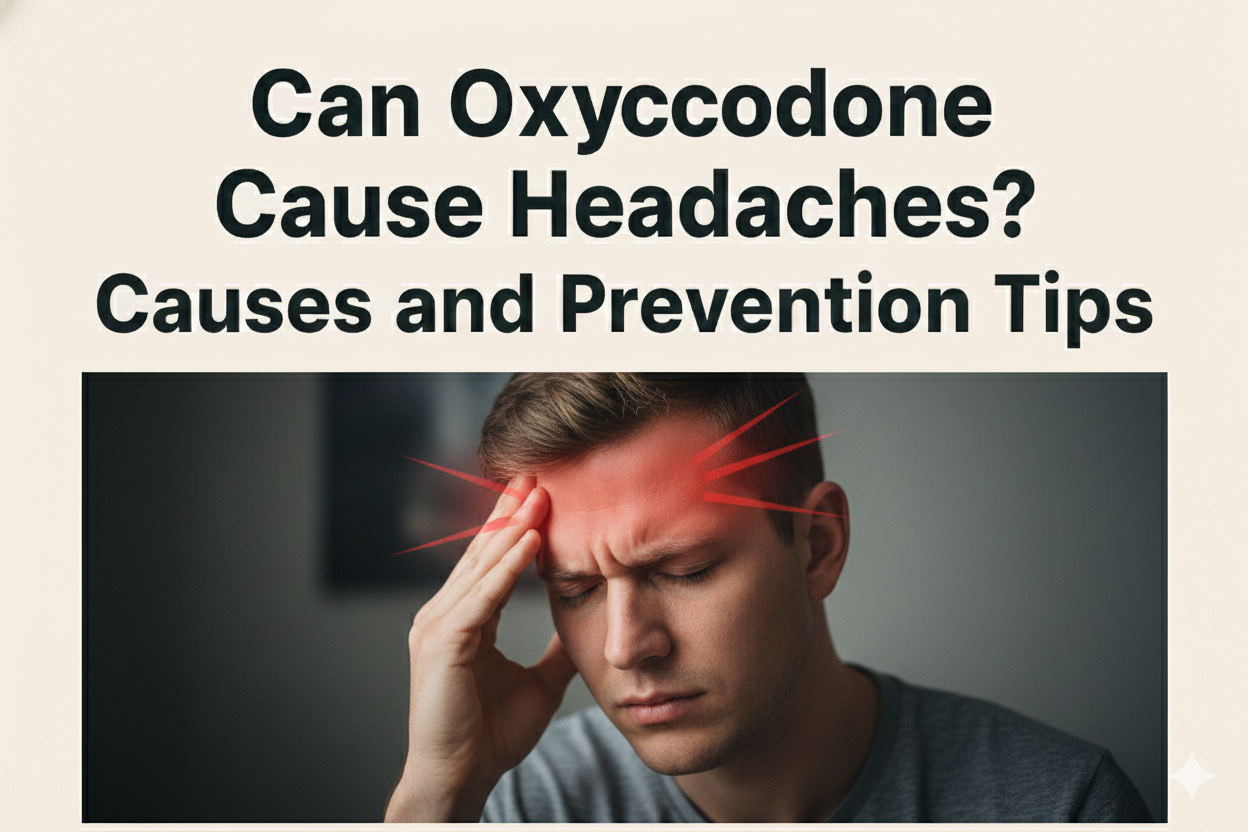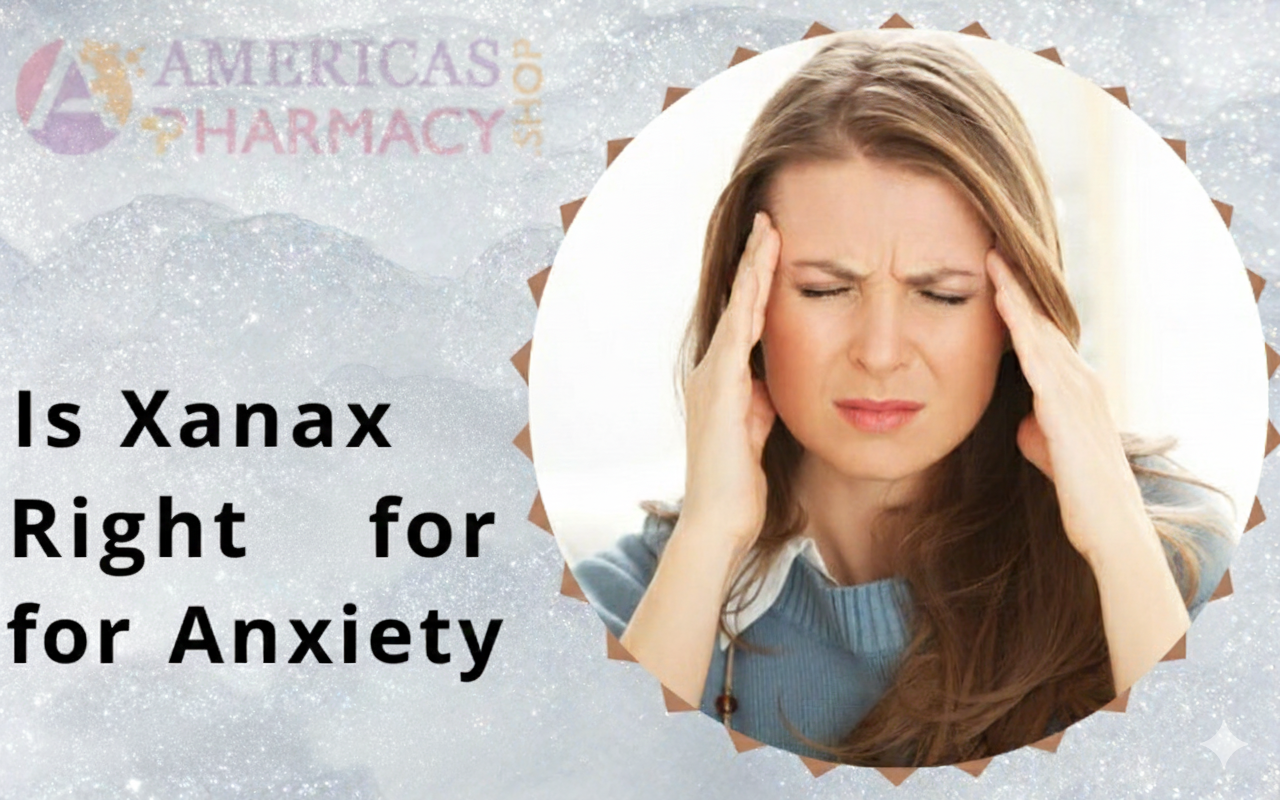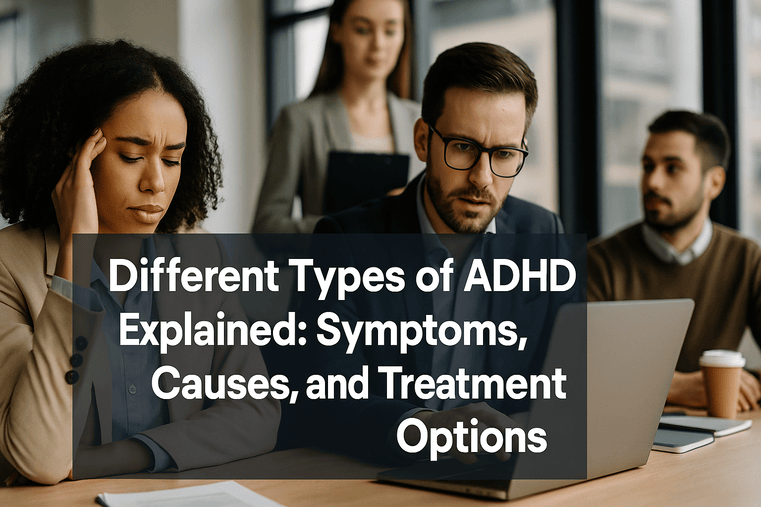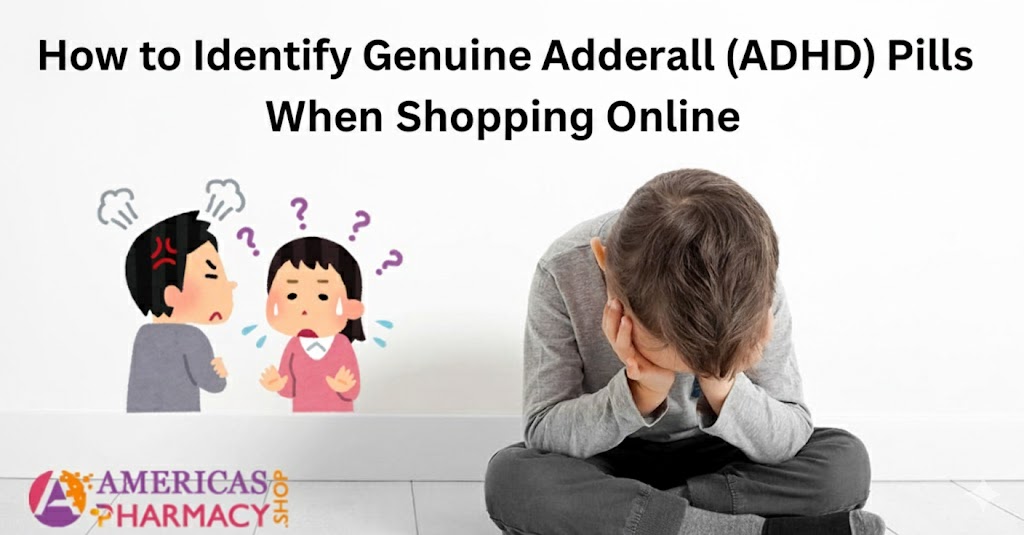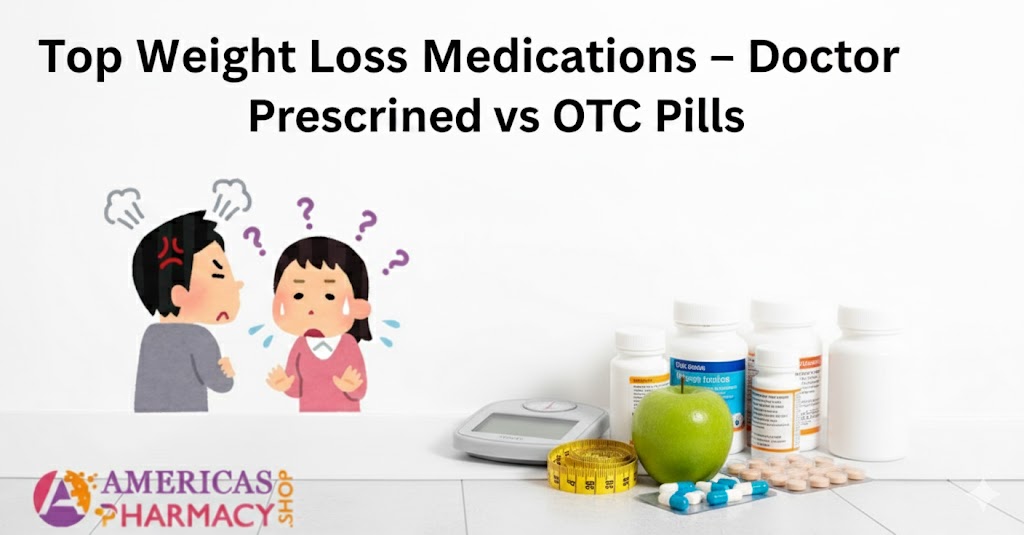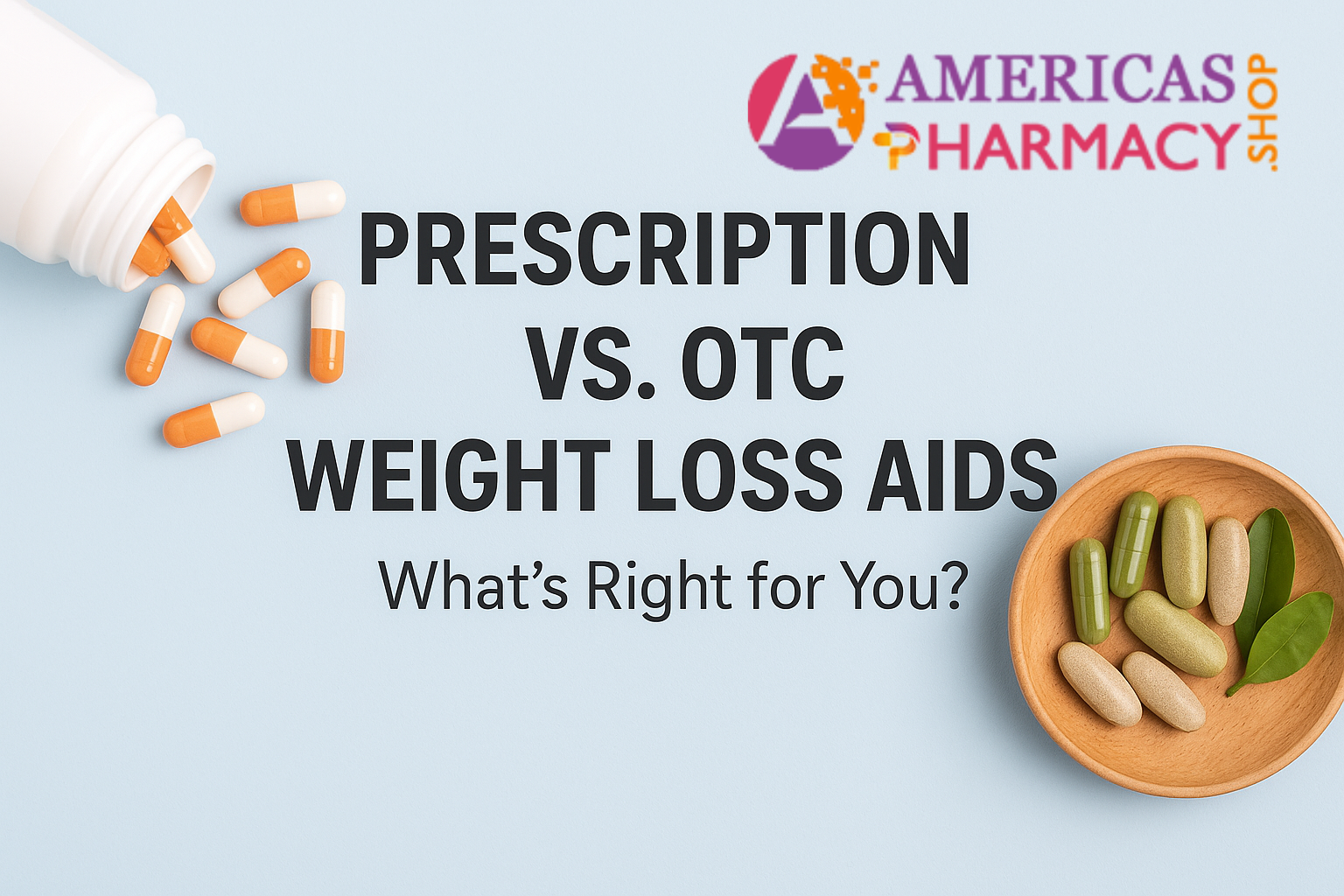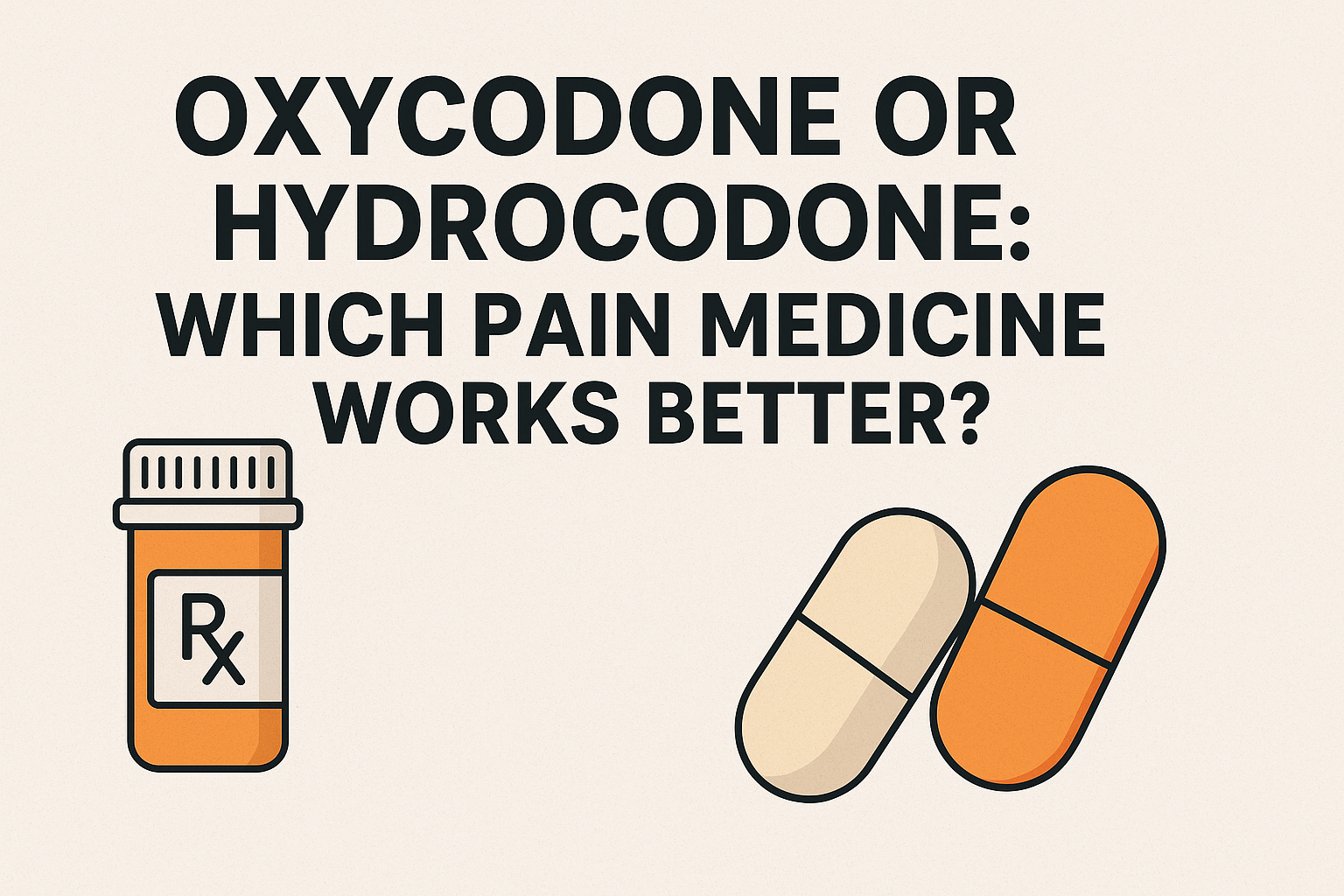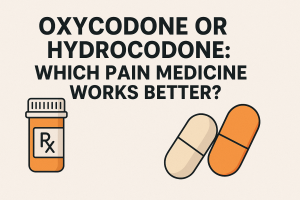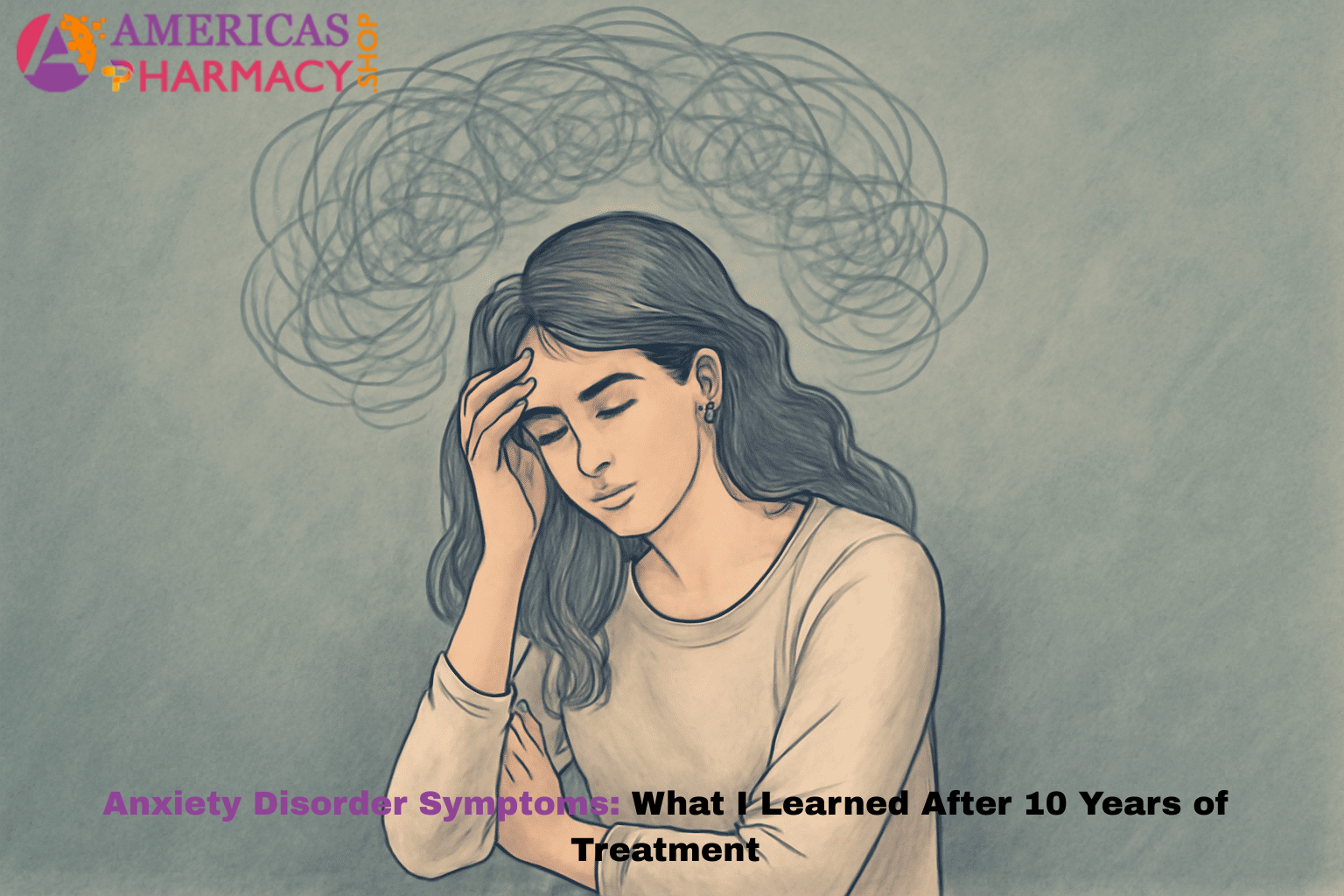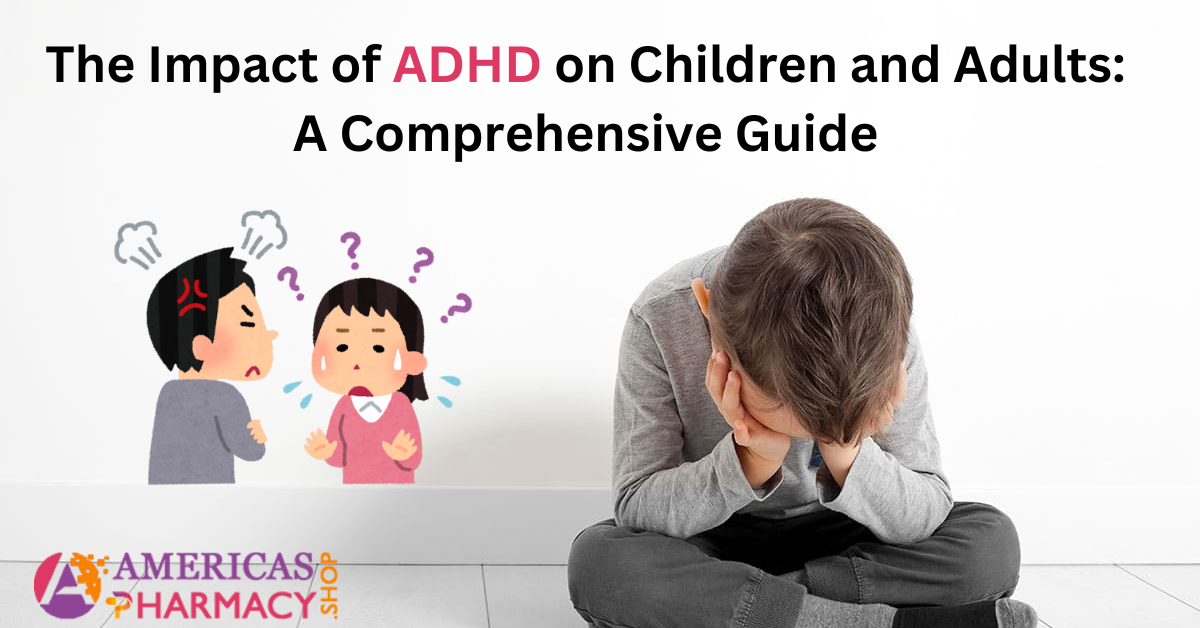Can Oxycodone Cause Headaches? This is a question many patients ask when they start taking this powerful opioid pain medication. Oxycodone is commonly prescribed to manage moderate to severe pain, but alongside its effectiveness, it can sometimes trigger side effects, including headaches. These headaches may occur due to changes in blood flow, dehydration, or medication overuse, and understanding the underlying causes is crucial for safe and effective use. Additionally, factors such as drug interactions, dosage, and individual health conditions can influence whether someone experiences headaches while taking oxycodone. In this comprehensive guide, we’ll explore why headaches happen, how to prevent them, potential interactions with other medications, and answers to frequently asked questions to help patients manage pain safely.
Understanding Oxycodone and Its Effects
Oxycodone is a semi-synthetic opioid that works by binding to opioid receptors in the brain and spinal cord to reduce the perception of pain. While highly effective for severe and chronic pain, it comes with a range of side effects, including drowsiness, constipation, nausea, and headaches. Many people wonder “Can Oxycodone Cause Headaches?” and the answer is yes—especially if the medication is misused or taken in high doses.
It is also important to distinguish oxycodone versus hydrocodone, as both are opioids but differ in potency and formulation. Oxycodone is often considered stronger and may carry a higher risk of side effects like headaches. Patients should consult their healthcare providers to determine the best opioid choice based on their pain levels, health history, and risk factors.
How Oxycodone Causes Headaches
Opioids like oxycodone can cause headaches through several mechanisms. One common reason is vasodilation, which is the widening of blood vessels in the brain that can lead to throbbing or pressure-type headaches. Another factor is dehydration, a frequent side effect of opioids, which reduces fluid levels in the body and can trigger tension headaches or migraines.
Medication overuse can also contribute to headaches. Known as rebound headaches, they occur when the brain adjusts to the presence of opioids. Skipping doses or taking oxycodone 80mg irregularly can intensify these headaches. Therefore, patients should strictly follow their prescribed schedule and avoid self-adjusting doses without medical guidance.
Common Symptoms of Oxycodone-Related Headaches
Headaches caused by oxycodone can vary in severity and type. Some common symptoms include:
- Throbbing or pulsating pain
- Pressure behind the eyes or temples
- Sensitivity to light and sound
- Nausea in severe cases
Recognizing these symptoms is essential to differentiate between headaches caused by oxycodone and those from other conditions. Persistent or severe headaches should prompt consultation with a healthcare provider to ensure the problem isn’t caused by underlying conditions or drug interactions.
Purchase Oxycodone Online – flexible time delivery office only HERE
Drug Interactions That May Trigger Headaches
Certain medications can amplify the headache risk when taken with oxycodone. Questions such as “Can you take oxycodone with tramadol?” are common. Combining these opioids can increase side effects, including headaches, dizziness, and sedation, and should only be done under strict medical supervision.
On the other hand, combining opioids with non-steroidal anti-inflammatory drugs like ibuprofen can enhance pain relief without increasing headache risk. Asking “Can you take ibuprofen and oxycodone?” is crucial for safe combination therapy. Always discuss all medications, supplements, and over-the-counter drugs with your doctor to minimize side effects.
Oxycodone Dosages, Uses, and Who Can Use It
| Dosage | Uses | Who Can Use |
| 5 mg | Mild to moderate pain | Adults with opioid tolerance or new users under medical supervision |
| 10 mg | Moderate pain | Adults requiring stronger pain control; should be taken exactly as prescribed |
| 15 mg | Moderate to severe pain | Adults with established opioid tolerance; typically in extended-release form |
| 20 mg | Severe pain | Patients with chronic pain and prior opioid use; must be monitored closely |
| 30 mg | Severe, chronic pain | Adults with significant opioid tolerance; usually extended-release tablets |
| 40 mg | Severe, persistent pain | Only patients with high opioid tolerance and medical supervision |
| 60–80 mg | Very severe, chronic pain | Adults with extensive opioid tolerance; high risk of side effects; strict medical supervision required |
Notes:
- Dosages should never be adjusted without a doctor’s guidance.
- Pediatric use is generally not recommended unless specifically prescribed by a pediatric pain specialist.
- Dosage adjustments depend on prior opioid use, age, liver/kidney function, and overall health.
- Combining with other medications like ibuprofen or other opioids requires medical supervision.
Lifestyle Tips to Prevent Headaches
Preventing headaches while taking oxycodone involves lifestyle changes alongside medication management. Key strategies include:
- Hydration: Drink plenty of water throughout the day.
- Balanced Diet: Avoid skipping meals to prevent low blood sugar headaches.
- Sleep: Adequate rest reduces tension and stress-induced headaches.
- Exercise: Regular, low-impact exercise improves circulation and decreases stress.
Incorporating these practices alongside proper medication use can dramatically reduce the risk of oxycodone-related headaches.
Recognizing When Medical Help Is Needed
While mild headaches are common, severe or persistent headaches may indicate a more serious problem. Seek medical attention if headaches are:
- Sudden and intense
- Accompanied by vision changes or neurological symptoms
- Unresponsive to over-the-counter pain relief
Your doctor can evaluate whether headaches are caused by oxycodone, drug interactions, or other underlying health issues. They may adjust your prescription or recommend alternative treatments to manage pain safely.
Oxycodone Detection and Safety Considerations
Understanding how oxycodone is detected and its implications is essential for safety and compliance. Questions like “How long is oxycodone detectable in urine?” or “Does oxycodone show up on a drug test?” are common. Oxycodone can typically be detected in urine for 3–4 days after the last dose, depending on metabolism and dosage. It can also appear on standard opioid tests, so it’s important to disclose prescriptions during testing.
Patients may also research oxycodone 80mg price, or where to buy oxycodone online, buy oxycodone 80mg, or order oxycodone online. Always use legal, licensed pharmacies to avoid counterfeit products and potential health risks.
Comparing Oxycodone With Other Pain Relievers
When dealing with headaches or other side effects, patients may consider alternatives to oxycodone. Comparing oxycodone versus hydrocodone helps identify which opioid may be better tolerated. Hydrocodone is often less potent and may produce fewer headaches for some patients.
Additionally, understanding whether is there Tylenol in oxycodone is important, as combination medications containing acetaminophen can contribute to liver strain, especially if other sources of Tylenol are consumed simultaneously. Discussing these factors with your doctor can guide safer pain management choices.
Understanding Opioid Tolerance and Headaches
Prolonged use of oxycodone can lead to opioid tolerance, where the body becomes accustomed to the medication, requiring higher doses for the same pain relief. Unfortunately, increasing doses can intensify side effects, including headaches.
Patients should maintain open communication with their healthcare provider to manage tolerance safely. Alternative strategies, such as opioid rotation or combination therapy with non-opioid analgesics, can minimize headache risk while providing effective pain control.
Safe Online Purchasing Considerations
Many patients look for ways to buy oxycodone online or buy oxycodone 80mg online. While convenience is appealing, it’s critical to use only licensed, reputable pharmacies to avoid counterfeit or unsafe medications. Illegally purchased opioids carry significant risks, including overdose, contamination, or legal consequences.
For safe online acquisition, ensure the pharmacy requires a valid prescription, offers secure payment, and provides verifiable customer support. You can also buy Oxycontin online safely through certified platforms that comply with regulations.
Frequently Asked Questions (FAQs)
Q1. Can Oxycodone Cause Headaches?
Ans – Yes. Headaches can occur due to vasodilation, dehydration, or medication overuse.
Q2. How long is oxycodone detectable in urine?
Ans – Oxycodone can typically be detected for 3–4 days after the last dose.
Q3. Does oxycodone show up on a drug test?
Ans – Yes. Standard opioid tests will detect oxycodone in your system.
Q4. Is there Tylenol in oxycodone?
Ans – Some oxycodone formulations contain acetaminophen, but pure oxycodone tablets do not.
Q5. Can you take oxycodone with tramadol?
Ans – Combining opioids is not recommended without medical supervision due to increased risk of side effects.
Q6. Can you take ibuprofen and oxycodone?
Ans – Yes, often used together for enhanced pain relief, but always follow your doctor’s advice.
Q7. How long does oxytocin take to work?
Ans – Oxytocin effects appear within minutes when used medically; this is unrelated to oxycodone but sometimes confused online.
Q8. What is the difference between oxycodone and hydrocodone?
Ans – Both are opioids, but oxycodone is generally more potent and may cause more headaches.
Q9. Where can I safely buy oxycodone online?
Ans – Always use licensed, verified pharmacies to purchase oxycodone 80mg, order oxycodone online, or buy Oxycontin online. Avoid unauthorized sellers.
Conclusion
Can Oxycodone Cause Headaches? Yes, but understanding the causes, monitoring symptoms, and implementing prevention strategies can help manage this side effect effectively. Safe usage, lifestyle adjustments, and proper medical supervision ensure both pain relief and minimal discomfort. Always purchase medications from licensed sources to protect your health.
Best Place To Buy Oxycodone Online – Visit AmericasPharmacy.Shop

